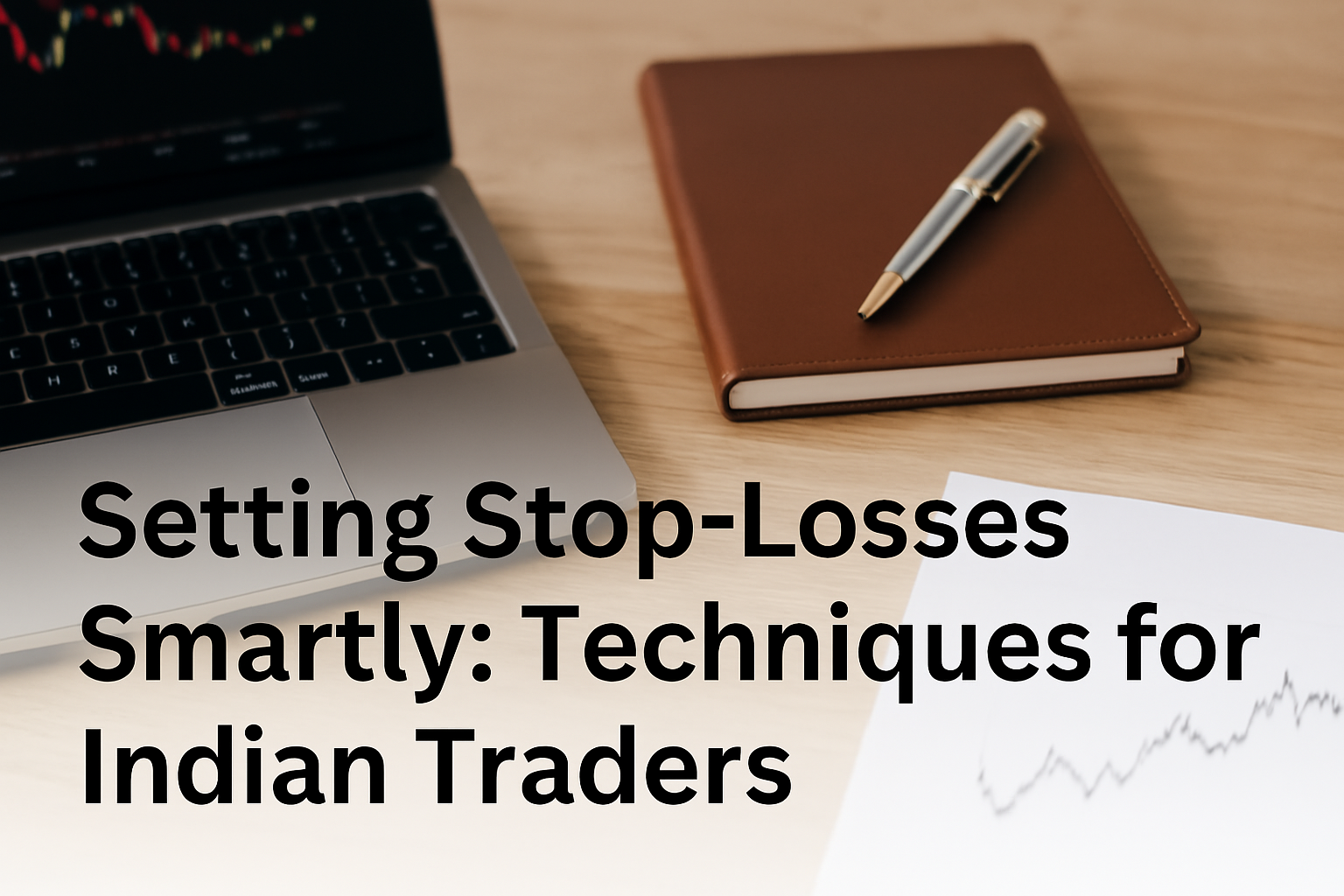Introduction
When we hear the word “diversification,” we usually think of investors building long-term portfolios. But diversification also plays a key role in trading. While traders focus on short-term opportunities, spreading risk across instruments, strategies, or timeframes can increase consistency and reduce volatility in results.
What Is Diversification in Trading?
Diversification in trading means not putting all your capital into a single trade, strategy, or market condition. It’s about balancing risk and ensuring that no single mistake or misjudgment wipes out your account.
Why Traders Also Need Diversification
1. Reduces Single-Trade Risk
If one trade fails, others can still perform well. This lowers emotional pressure and financial impact.
2. Smooths Your Equity Curve
Diversified approaches reduce wild swings in your account balance. It brings steadiness to your trading journey.
3. Helps During Market Shifts
Different assets or strategies perform differently in various market conditions. Diversification gives you flexibility.
4. Builds Confidence in Your System
When your results aren’t tied to one single idea or market, you begin to trust your overall process more.
Types of Diversification for Traders
1. Asset Diversification
Trade across different instruments—stocks, indices (Nifty, Bank Nifty), commodities (gold, crude), or even forex. This spreads risk across asset classes.
2. Sector Diversification
Instead of trading only banking stocks, consider IT, FMCG, Auto, etc. Some sectors move differently based on news or macro conditions.
3. Timeframe Diversification
Use multiple timeframes—intraday, swing, positional—to balance short-term volatility with medium-term stability.
4. Strategy Diversification
Don’t rely solely on one strategy (e.g., breakout). Mix it with pullback, trend-following, or mean-reversion setups to cover different market types.
5. Entry Timing Diversification
Avoid entering all positions at once. Stagger your entries to manage market unpredictability.
How to Diversify Without Overcomplicating
- Start with 2–3 strategies you understand well
- Avoid overtrading by limiting the number of open trades
- Track performance separately for each strategy
- Use smaller position sizes across more setups instead of going heavy on one
Mistakes to Avoid
- Over-diversifying without control: Too many trades lead to confusion and diluted focus
- Ignoring correlation: Trading multiple banking stocks doesn’t diversify if they all move the same
- Adding poor setups just to feel diversified: Only trade high-quality opportunities
Example for NSE Traders
Instead of trading only Nifty intraday, consider:
- Intraday: Bank Nifty (momentum)
- Swing: Large-cap stock (breakout setup)
- Positional: Sector ETF or mid-cap stock
This setup gives variety while maintaining risk control.
Conclusion
Diversification isn’t just a long-term investing principle—it’s a trading survival skill. Done right, it protects your capital, builds confidence, and leads to more consistent performance. Focused yet diversified trading helps you stay in the game, especially during unpredictable market phases.














